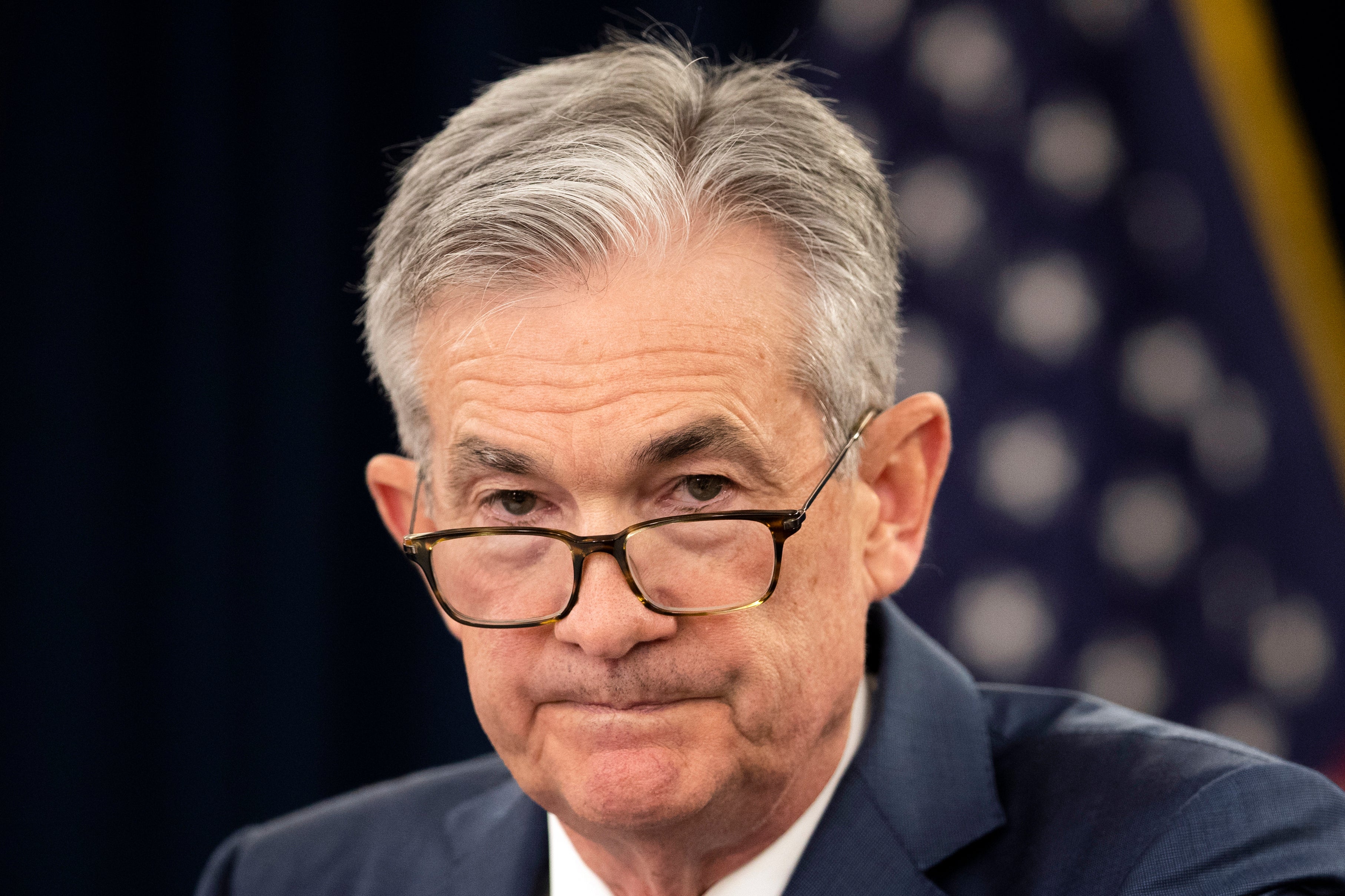Why are interest rates rising when the Fed has been cutting them?
Share:
What’s shaking Wall Street seems so backwards. Swings in the bond market recently sent the yield on the 10-year Treasury above 4.80% and its highest level since 2023. That's injected nervousness into the U.S. stock market and knocked indexes off their records.
The bond market's moves might seem strange given that the Federal Reserve has lowered interest rates three times starting in September. But it’s a reminder that markets care more about the future than the present. And the bond market is worried about potentially higher inflation ahead, along with a U.S. economy that may not need more help from easier interest rates. That's hurting stock prices.
The Fed has cut its main interest rate by a full percentage point since September. The intent is to give the economy breathing room after the Fed earlier hiked the federal funds rate to a two-decade high in hopes of slowing the economy enough to stifle inflation.
But the Fed's influence is limited when it comes to the interest rates that are currently knocking the stock market around, chiefly the 10-year Treasury yield. The Fed controls the federal funds rate, which is a very short-term interest rate that dictates what banks charge each other for borrowing money overnight.
The moves for the 10-year Treasury yield, meanwhile, are set by investors. Those investors do take the Fed's moves into account as they decide how much yield they'll need to earn from U.S. Treasurys before they'll lend money to the federal government. But they're also factoring in where the economy and inflation are heading.






















